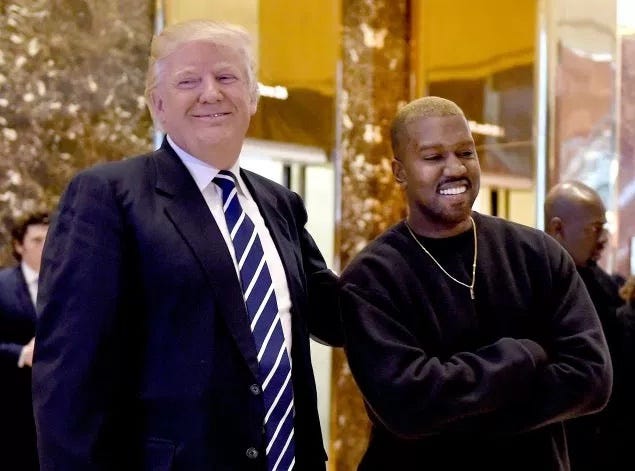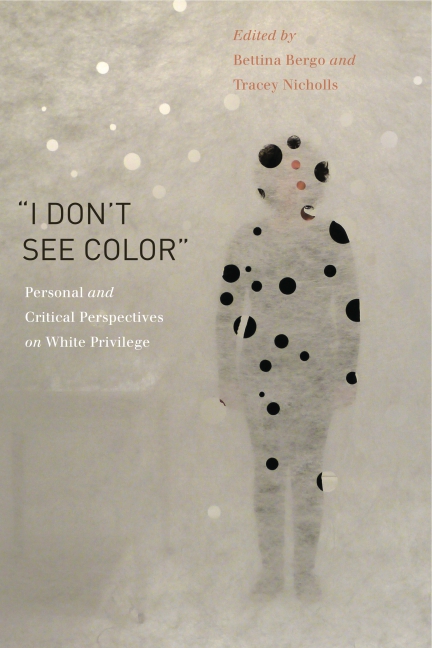The definition of race has come under scrutiny by a number of researchers (Case, 2012; Soudien, 2010; Rose & Paisley, 2012). This can include the arguments surrounding the ‘one drop rule.’ This has its origin in the racial segregation laws in the USA that defines the extent to which any person can be considered African-American relates to their having just one African-American ancestor. ‘A black is any person with any known African black ancestry’ (Davis, 2001, p.5). A difficulty with this definition is the fact that race can also be affected in both directions. As Davis (2001, p.6) points out, ‘many of the nation’s black leaders have been of predominantly white ancestry.’ Definition of race can vary from country to country, and the use of the ‘one drop rule’ – as defined in law – is particular only to the USA. Similarly in the UK, as with the USA, despite a significant proportion of individuals self-defining as Mixed Race whilst partaking in respective census measures, the media in each country has continued to define ‘people of colour’ as black. Miscegenation promotes assimilation with all other racial groups, but for African-Americans it disadvantages the white element; for other racial groups it advantages the non-white element (Soudien, 2010). This varied definition of race can thus undermine the fuller understanding of the intersectionality between race: in the USA, not even all non-white groups are discriminated against equally. This renders patterns of discrimination more complex and multilayered than might otherwise be considered.
J. J. Lindsley, “Peggy McIntosh (1997: 291) describes White privilege as ‘an invisible package of unearned assets’. A discussion on the relative advantages and disadvantages of this analogy in advancing our understanding of Whiteness,” Medium, January 8, 2017. https://medium.com/@JohnJLindsley/peggy-mcintosh-1997-291-describes-white-privilege-as-an-invisible-package-of-unearned-assets-732c671f5fb5.


